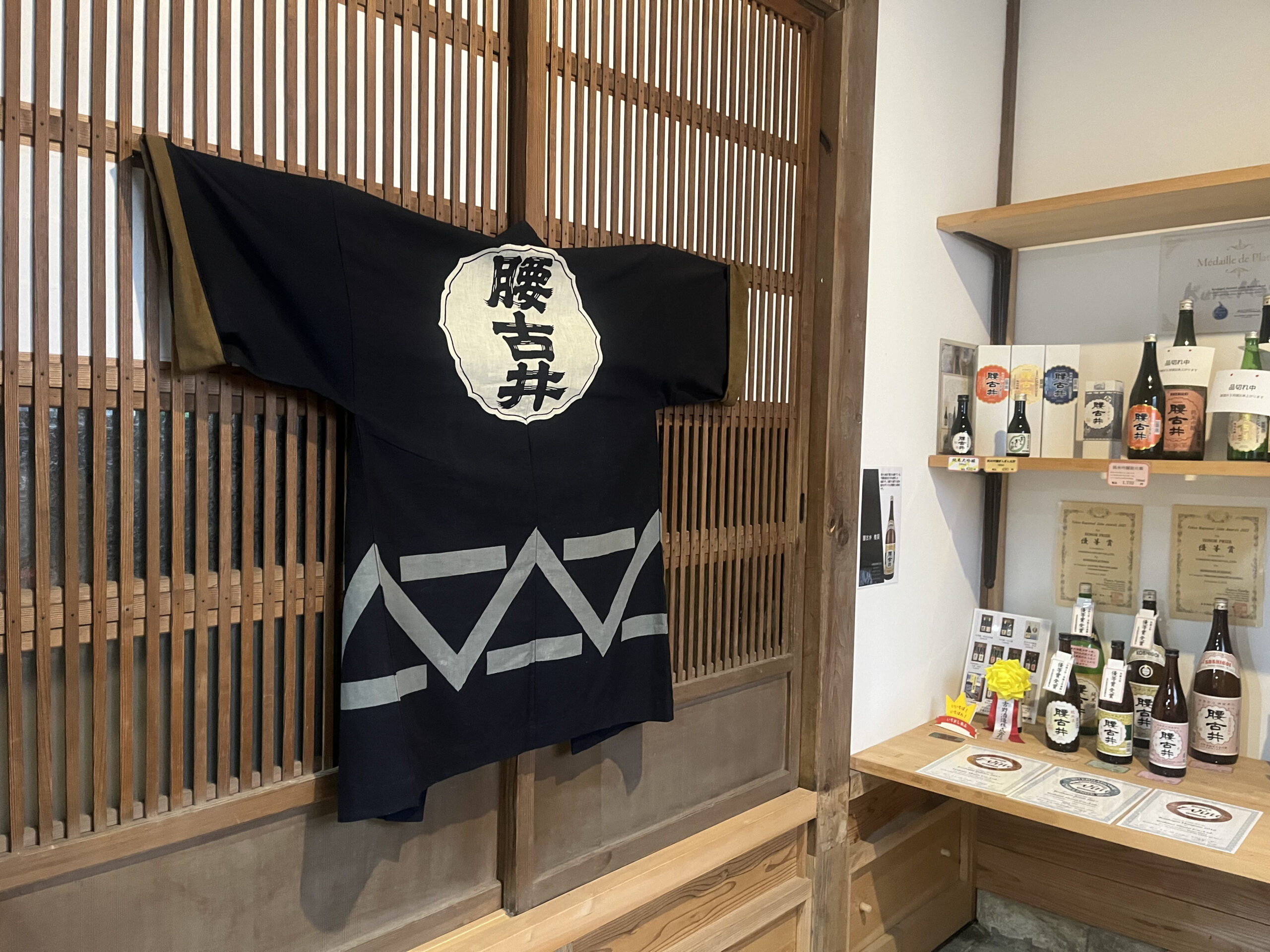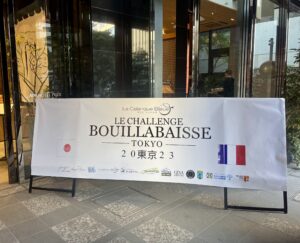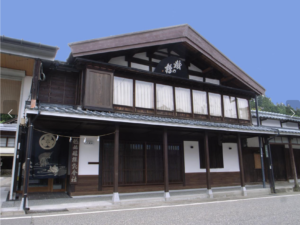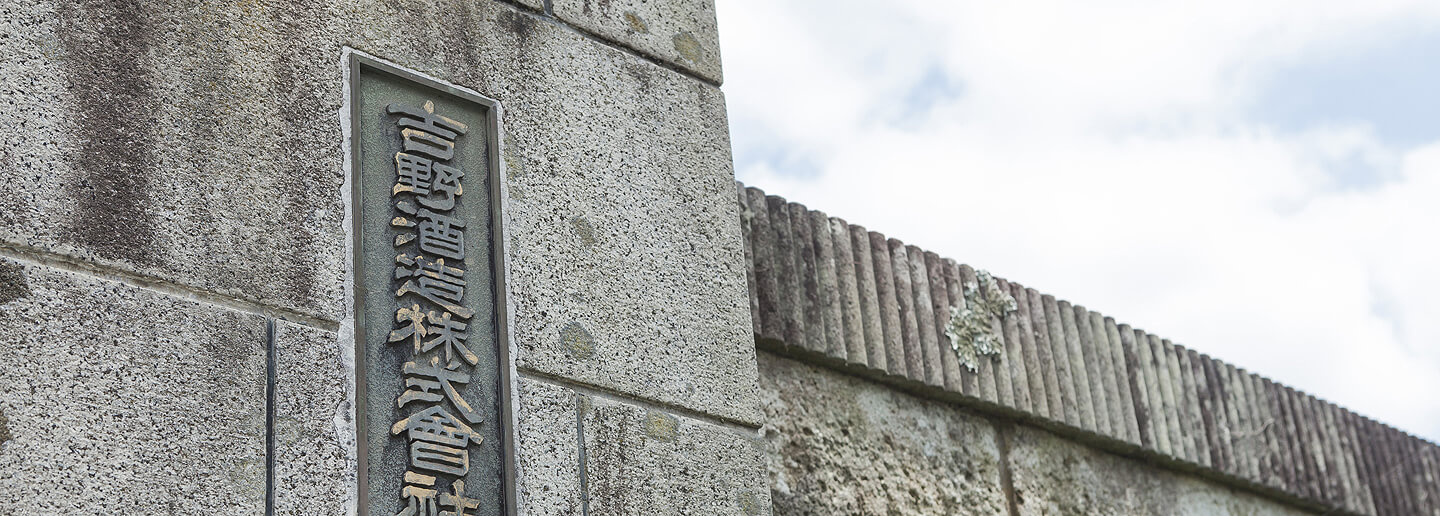
On 10 February 2024, with an introduction from the sommelier at a Tokyo restaurant, we visited and toured Yoshino Shuzo, a sake brewery in Katsuura, Chiba Prefecture, and tasted five of the many varieties of the company’s Koshigoi brand: daiginjo, junmai daiginjo, ume (plum) wine, yuzushu and nigori sake.
The company has been producing handcrafted sake for 200 years. The building is a tangible cultural asset and the brewery has been carefully protected for a long time. We were told that the renovation work to protect the building is costing a lot of money, but the company is doing its best to bring delicious sake to the public.
First of all, I would like to share with you my impressions from the tasting.
I (Yuichi) had the Daiginjo-shu first and found it very fragrant and refreshing, with no aftertaste or peculiarities. Even when someone who doesn’t normally like sake (Marin) tried it, she started talking about the aroma, the aftertaste and the throat when comparing them, even going as far as to say ‘I like this one better’. What I mean to say is that it is such a delicious sake. This sake was served in ANA’s first class and won several awards, including the “Superior Prize” at the 2022 Nanbu Toji Sake Competition.

The next tasting was a Junmai Daiginjo, which also won the ‘Superior Prize’ in the Junmai Ginjo Sake category at the 2020 Tokyo Regional Taxation Bureau Sake Competition, and was offered in first class on JAL for a limited time. My impression of the sake is that it has a ‘heavy’ feel. We both liked this Junmai Daiginjo so much that we bought a bottle each for home.
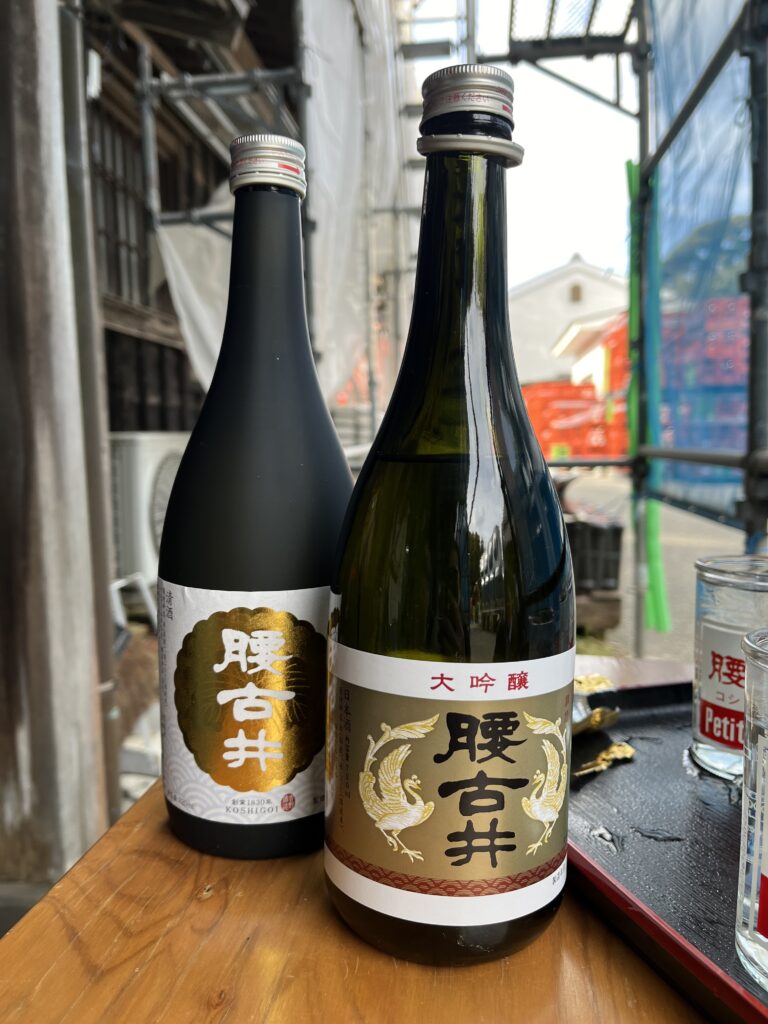
We also tasted the fruit wines, plum and yuzu, which seemed extraordinary. Each of them tasted as if you were eating yuzu itself, perhaps because the fruit is used at a level where it is edible. The same goes for the plum wine. The sake in which the fruit is soaked is also very luxurious, using Junmai Daiginjo sake.
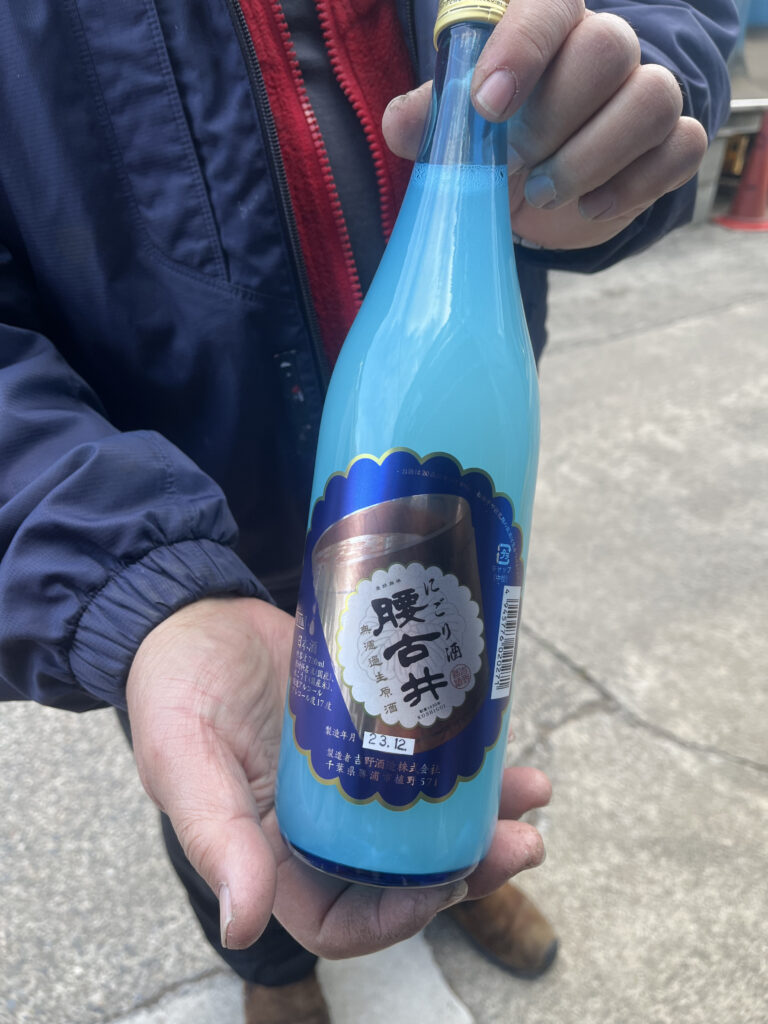
At the end of the tour, we were also treated to Nigori sake, which is only available for a limited time, courtesy of the company president. Mr Yoshino, a company director, said: “This sake is very tasty and easy to drink, but it has a high alcohol content, and he also explained that the carbonated taste is the result of spontaneous fermentation.
Why does it taste so good?
As I listened to the explanation during the tour, I understood that there was President Yoshino’s strong desire and three points of “commitment”.
First of all, the key ingredient is water.
The water is not well water, but spring water that comes naturally from the small hill in front of the brewery on this land. We also had this water, which was soft and very easy to drink.
Speaking of alcohol, rice is the main product. The rice is also milled in-house and the company has a milling machine. The rice is not milled in a hurry, but slowly and carefully. It takes time, but the rice tastes better because the grains are not broken. The company continues to mill its own rice to preserve the taste of its rice, even though most companies now outsource this.
Also ‘no additives’, which is also a commitment because the President’s previous job was as an additive manufacturer and he knows how bad it is.
Through this visit, we learned that the ‘delicious sake’ is only possible because it is made from these carefully selected raw materials.
We would like to take this opportunity to thank you for taking the time to explain the brewery to us and for giving us the opportunity to visit.
Our company MY Ho’okipa will continue to support companies that work hard to preserve Japanese traditions.
Thank you for reading this article to the end.
If you would like to try this sake, please don’t hesitate to ask us.


